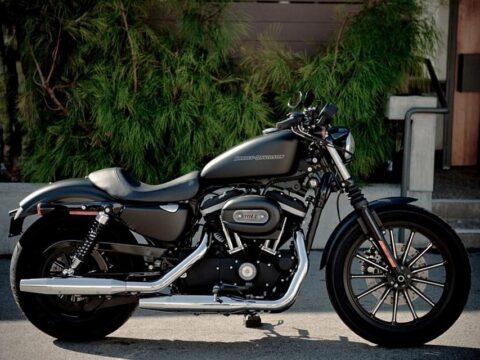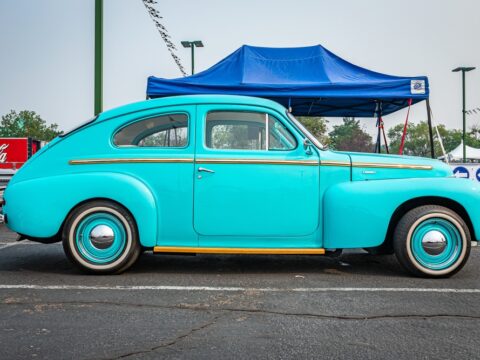When it comes to the automotive industry, some European car manufacturers have had tremendous success in the American market. Brands like BMW, Mercedes-Benz, and Volkswagen have established a strong foothold and enjoy a loyal customer base. However, not every European import has fared well across the Atlantic. There have been several European car models that failed to capture the attention and wallets of American consumers.
Contents
Fiat 500L
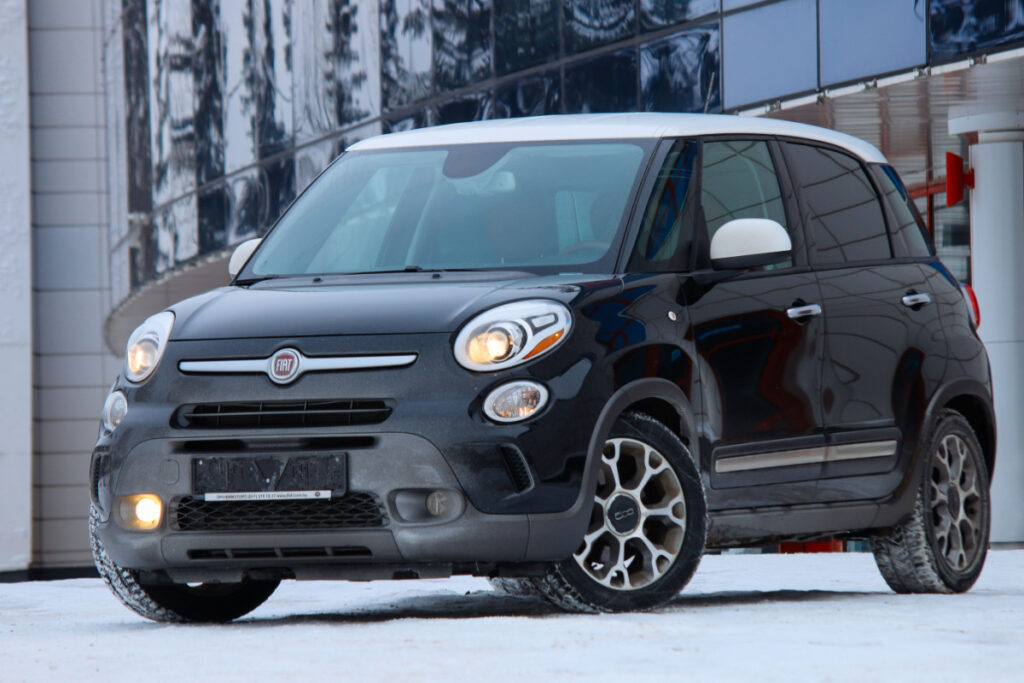
The Fiat 500L, a compact MPV, struggled to gain traction in the American market due to its unconventional styling and limited interior space. Despite initial excitement surrounding its release in 2014, the 500L’s sales plummeted in subsequent years. Consumers found it less appealing than its competitors due to its lackluster performance and subpar fuel efficiency. After a decade of weak sales, Fiat Chrysler discontinued the model in the U.S. in 2019.
Volkswagen Phaeton
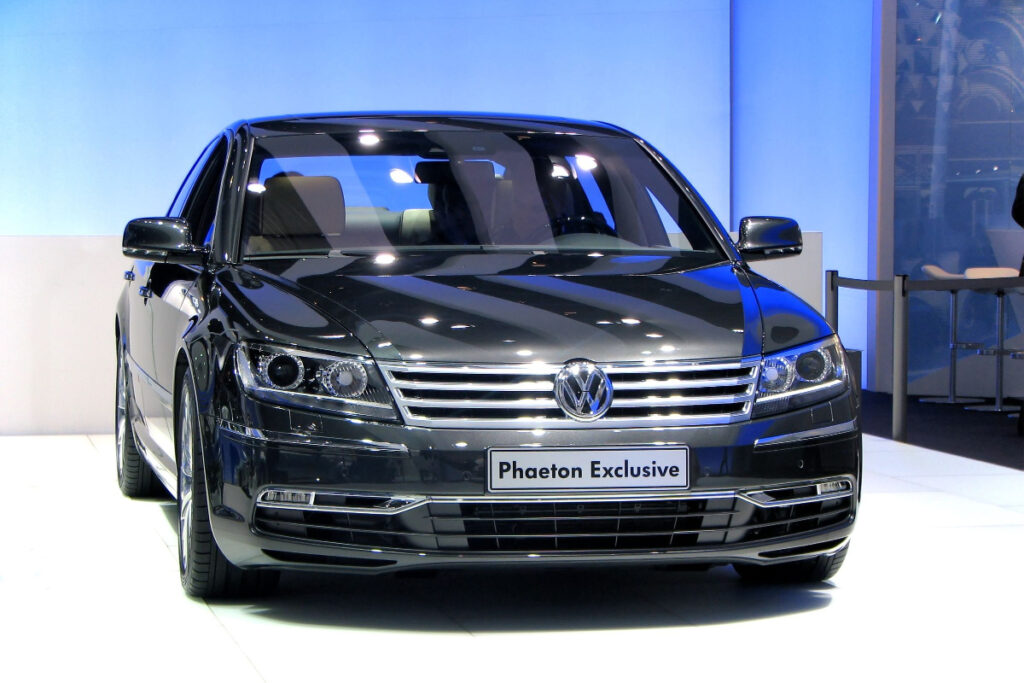
The Phaeton was Volkswagen’s ambitious attempt to break into the luxury sedan market in the U.S. However, the car’s high price point and the brand’s economy-car image didn’t mesh well. Moreover, many American consumers didn’t see the value in purchasing a luxury car from a brand known for making affordable vehicles.
Alfa Romeo 4C
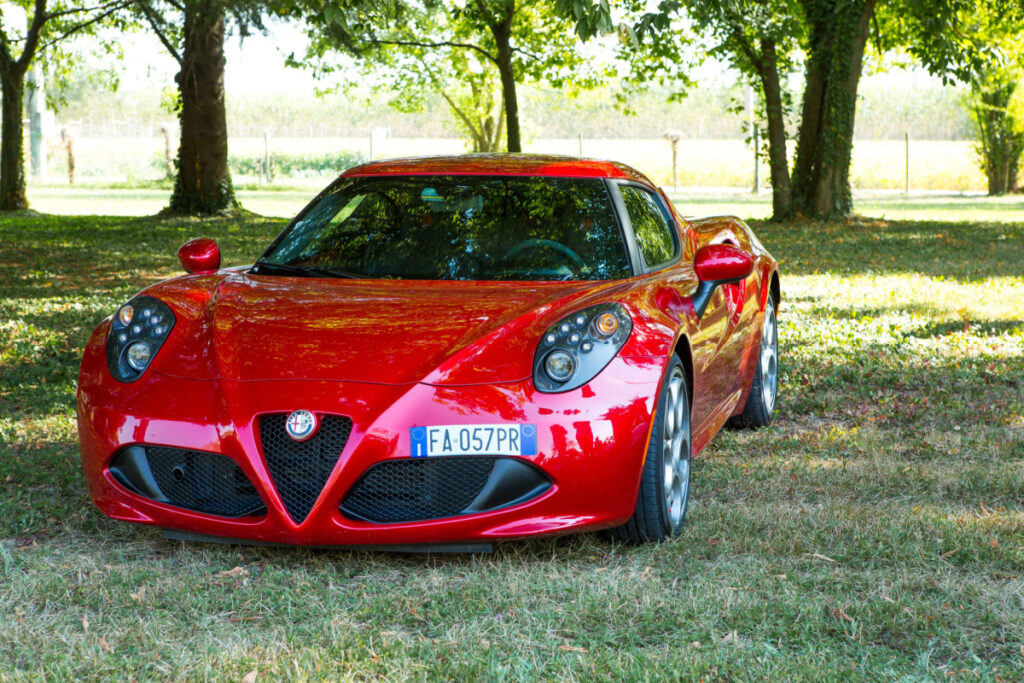
While praised for its stunning design and exhilarating driving experience, the Alfa Romeo 4C struggled to find a large consumer base in the United States. Its lack of practicality, uncomfortable ride, and limited cargo space limited its appeal. Additionally, its high price point and stiff competition from other sports cars hindered its sales performance.
Smart ForTwo
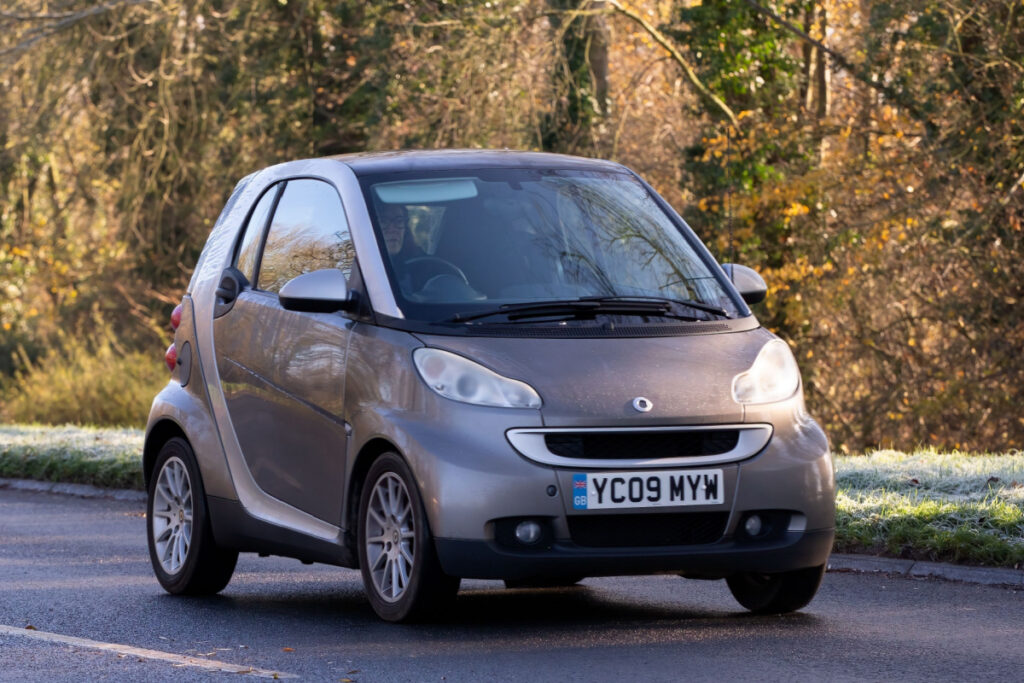
The Smart ForTwo, a compact city car imported from Germany, faced several challenges in the American market. Despite its fuel efficiency and ease of parking, consumers found its diminutive size limiting and the ride quality uncomfortable. The lack of a backseat and minimal cargo space further limited its appeal. The ForTwo’s sales struggled to gain momentum due to these factors.
Peugeot 505

The Peugeot 505, a mid-size sedan, faced difficulties in the American market due to its perceived lack of reliability and high maintenance costs. While praised for its comfortable ride and European elegance, the limited availability of parts and few authorized service centers resulted in declining sales over time.
Lancia Delta

Imported from Italy, the Lancia Delta faced challenges in the American market due to its unfamiliar brand name and lack of marketing support. Despite its sporty appearance and advanced technology, the Delta failed to capture a significant market share. Limited dealership network and concerns over long-term maintenance and resale value further hampered its sales.
Citroën DS
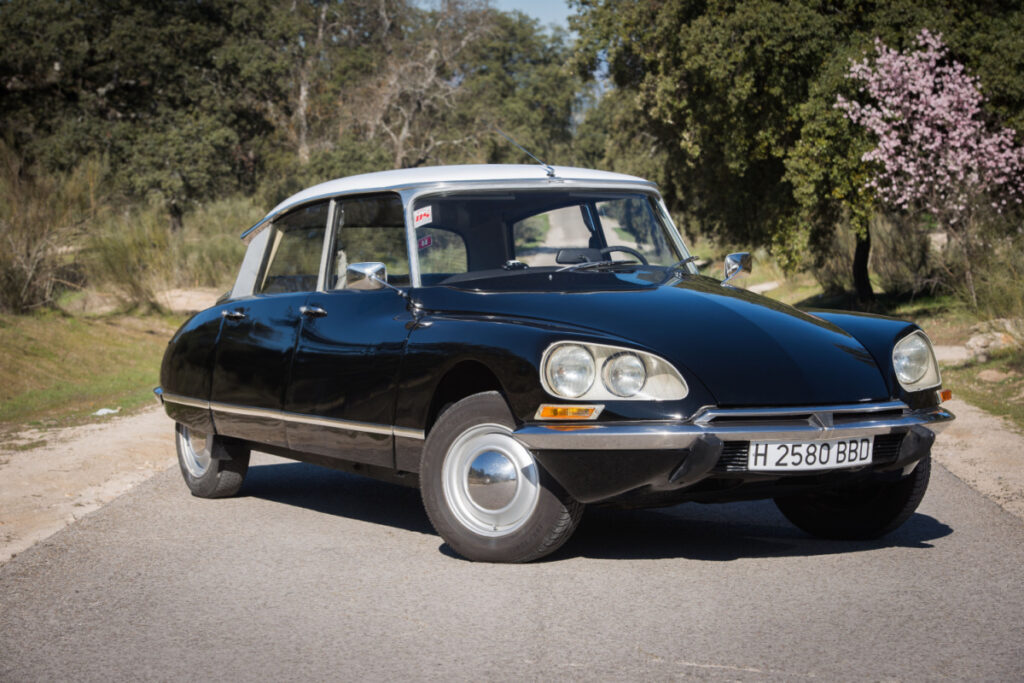
The Citroën DS, an iconic French luxury car introduced in the 1950s, struggled to find a substantial consumer base in the United States. Its unique design and innovative features, such as self-leveling suspension and hydropneumatic technology, were overshadowed by high maintenance costs and a lack of authorized repair facilities. The DS’s unconventional styling and limited availability of parts contributed to its low sales figures.
Rover 800
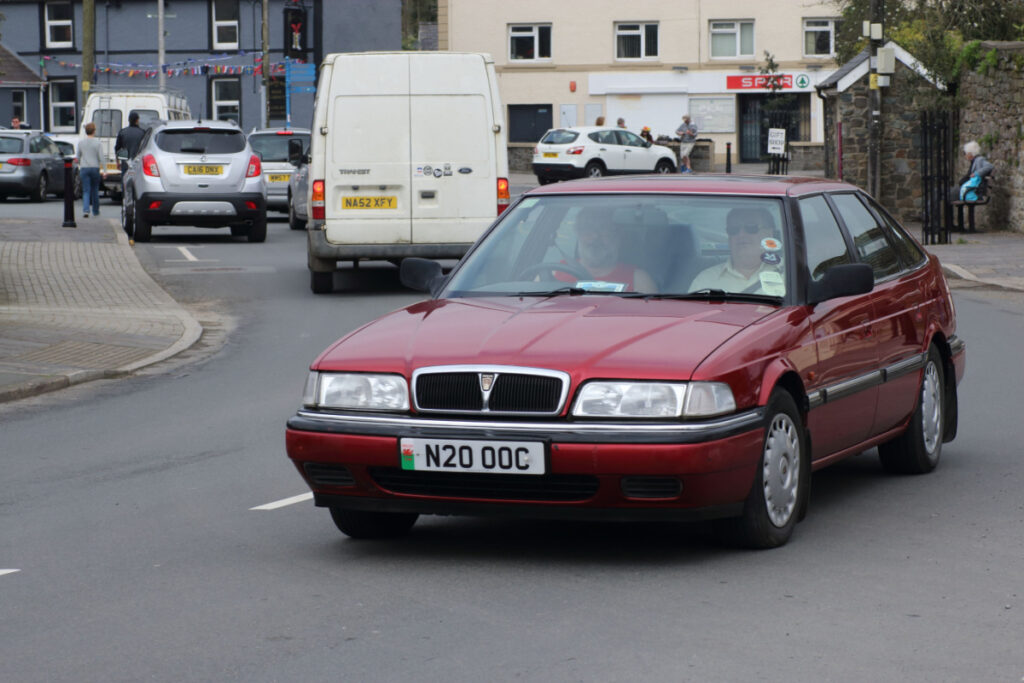
Imported from the United Kingdom, the Rover 800 faced difficulties in the American market due to strong competition from other luxury sedans. The car’s uninspiring design, perceived lack of reliability, and limited brand recognition limited its appeal among American buyers. Consequently, the Rover 800 struggled to achieve significant sales figures.
Seat Ibiza
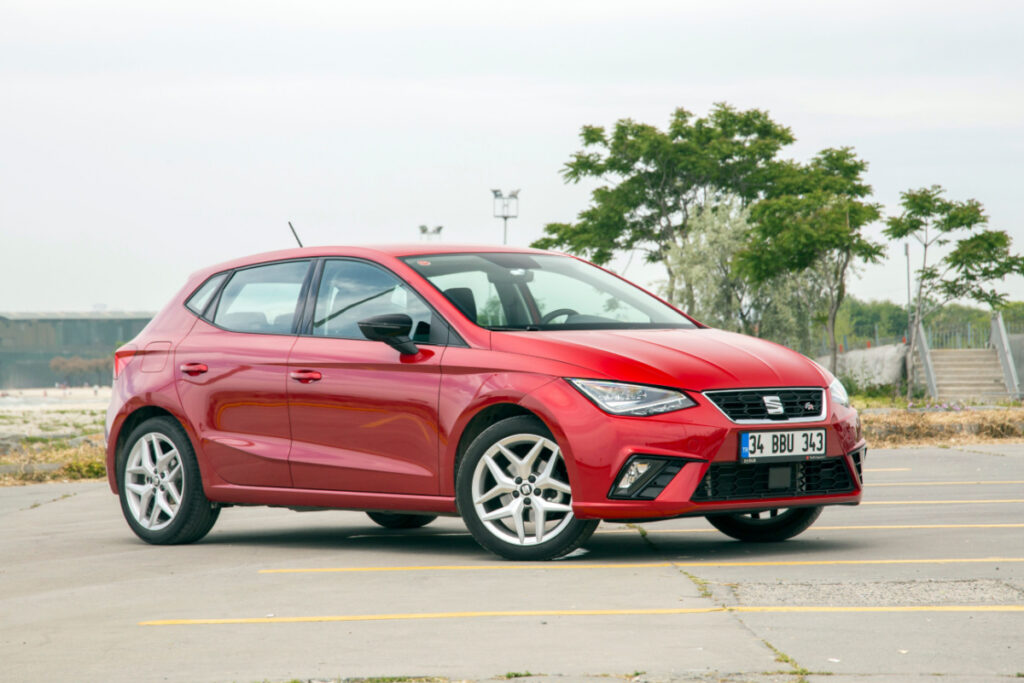
The Seat Ibiza, a Spanish compact car, faced challenges in the American market due to the strong competition from established Japanese and American automakers. Despite its sporty styling and competitive pricing, the Ibiza struggled to differentiate itself from its rivals in terms of quality, performance, and features. The lack of a robust dealer network and limited marketing efforts further hampered its sales.
Saab 9-4X

The Saab 9-4X, a mid-size luxury SUV, faced difficulties in the American market due to its limited brand recognition and lack of marketing support. The car’s uninspiring design, relatively high price point, and subpar fuel efficiency hindered its appeal. Furthermore, the financial troubles faced by Saab as a company affected the availability of parts and after-sales support, contributing to its poor reception.
Dacia Sandero
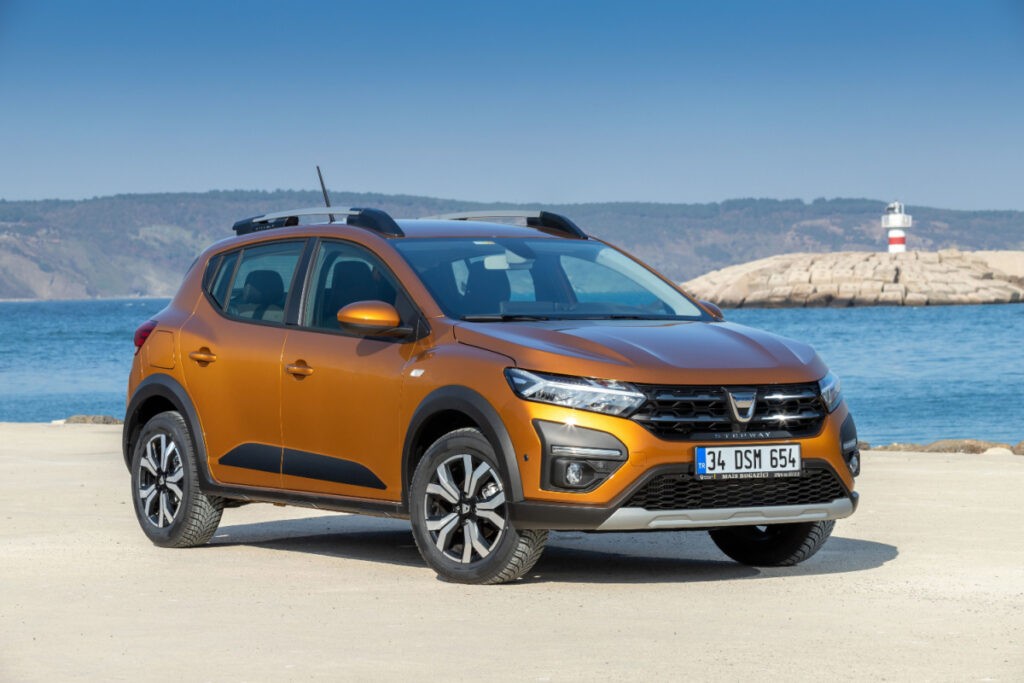
Imported from Romania, the Dacia Sandero struggled to gain traction in the American market due to its lackluster performance, cheap interior materials, and limited brand recognition. Despite its affordable price, the Sandero faced strong competition from established compact cars that offered better features, reliability, and resale value.
MG 3
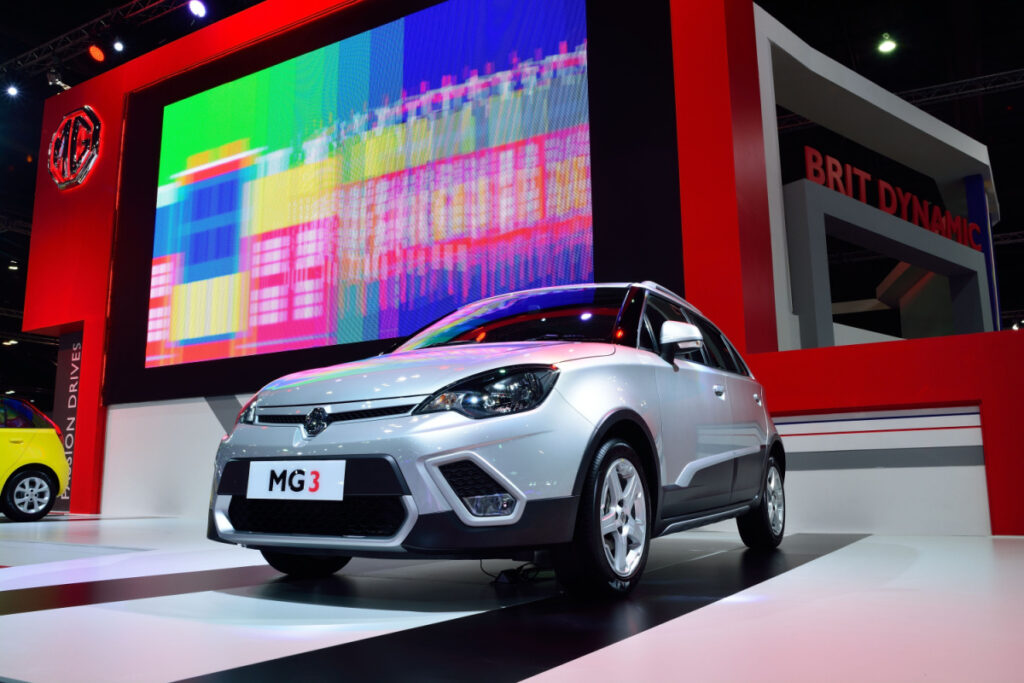
The MG 3, a subcompact hatchback imported from the United Kingdom, faced difficulties in the American market due to its unfamiliar brand name and lack of marketing support. Despite its affordable price and sporty design, the MG 3 struggled to compete with more established offerings in terms of performance, features, and overall value. The limited availability of parts and authorized service centers further affected its sales performance.
This article originally appeared on MyCarMakesNoise.
More from MyCarMakesNoise
20 Cruisers Suited for Riders at Any Skill Level

Cruiser motorcycles are a popular choice for riders of all skill levels, offering a blend of style, comfort, and performance. Whether you’re just starting your riding journey or you’re a seasoned veteran, the right cruiser can make all the difference. Read More.
15 Luxury Sedans for Comfortable Road Tripping

Setting off on a long road journey requires a car that excels in comfort, performance, and luxury. High-end sedans stand out as perfect candidates, offering spacious interiors, cutting-edge technology, and smooth handling. Read More.
Harley-Davidson`s 20 Biggest Flops

Harley-Davidson, a cornerstone of American motorcycle culture, is known for its powerful engines and distinctive designs. However, even this iconic brand has had its missteps. Read More

